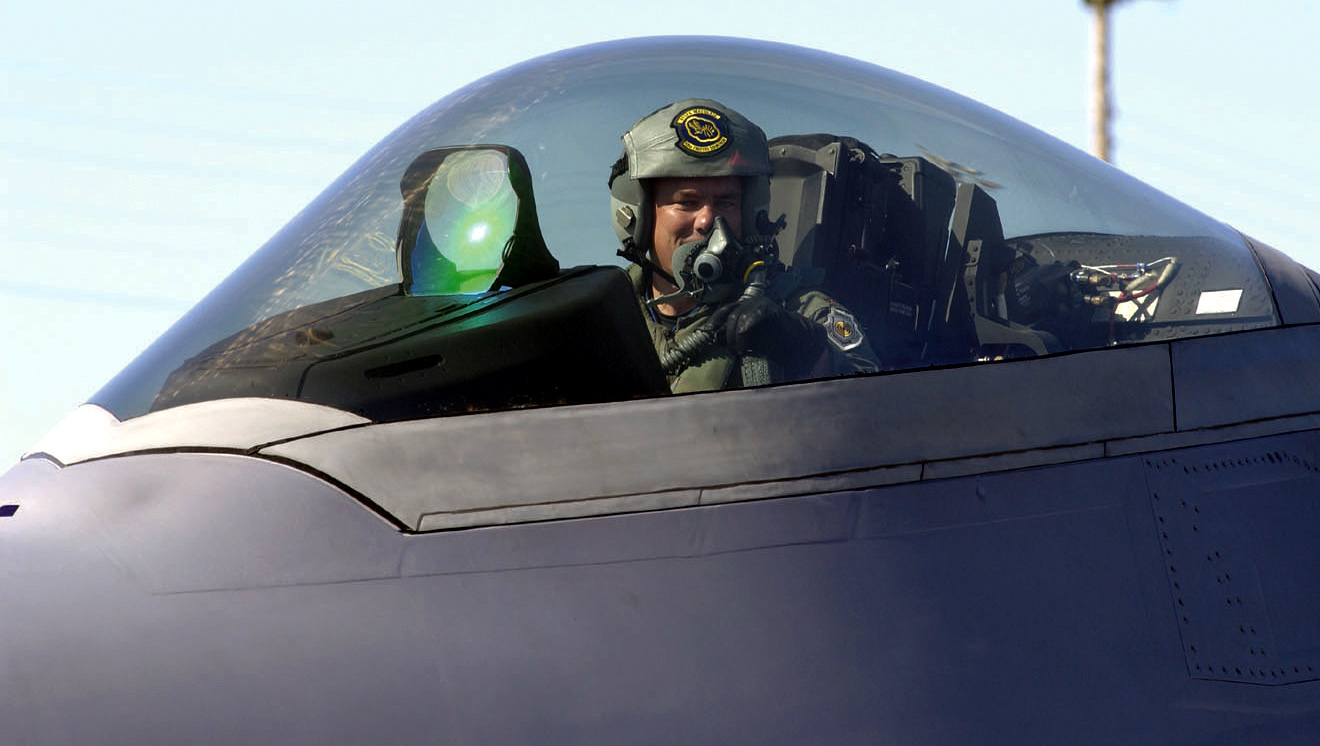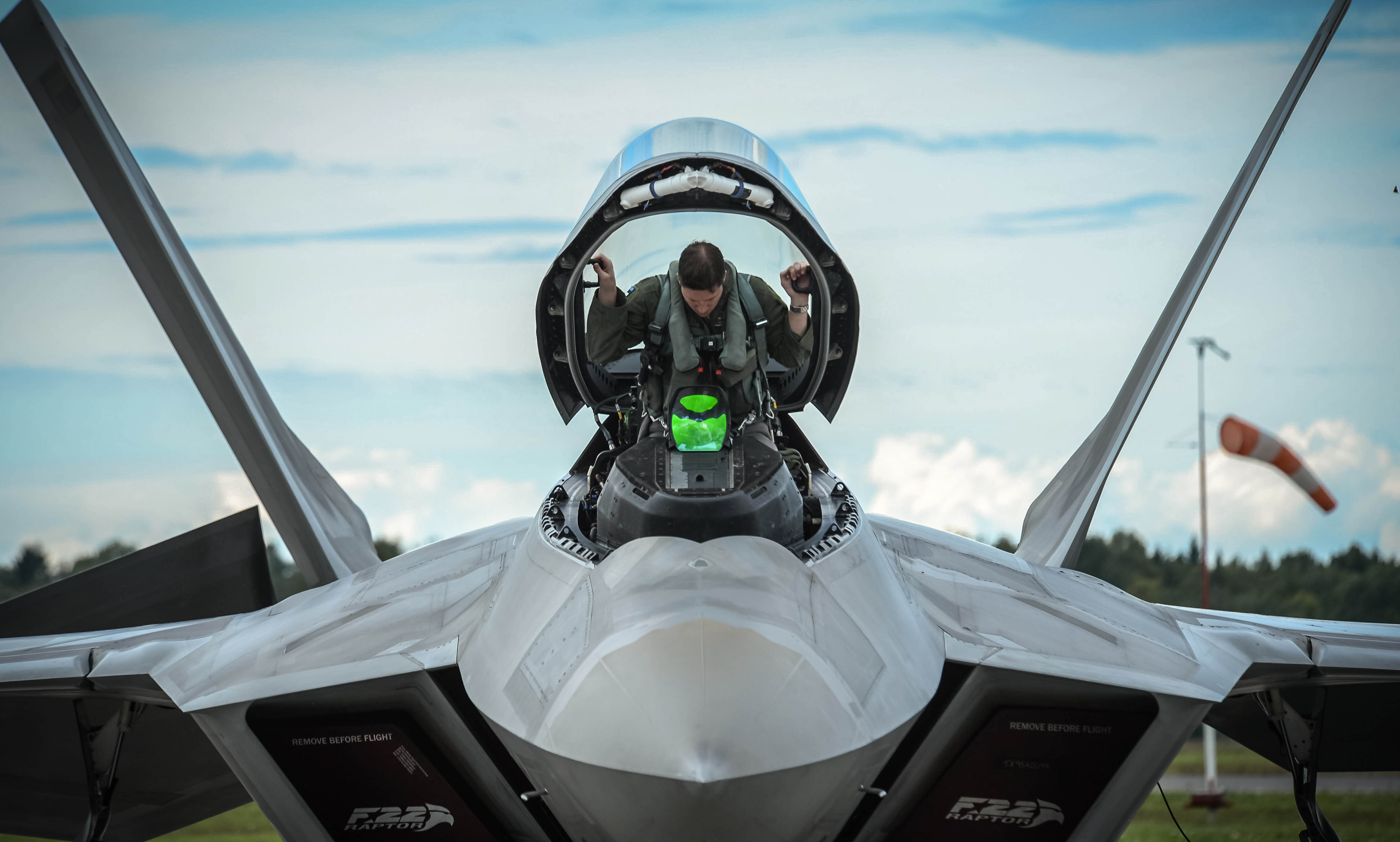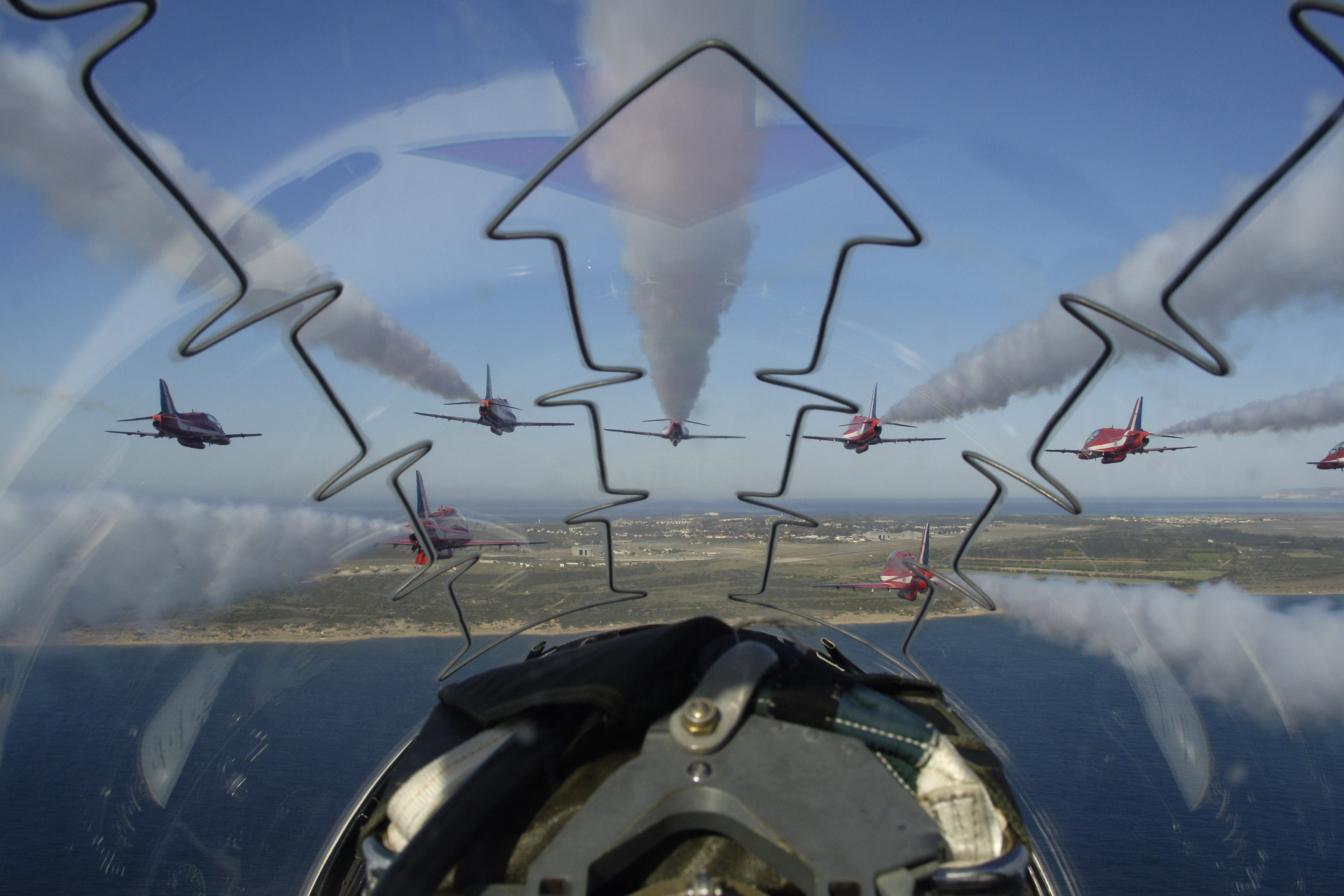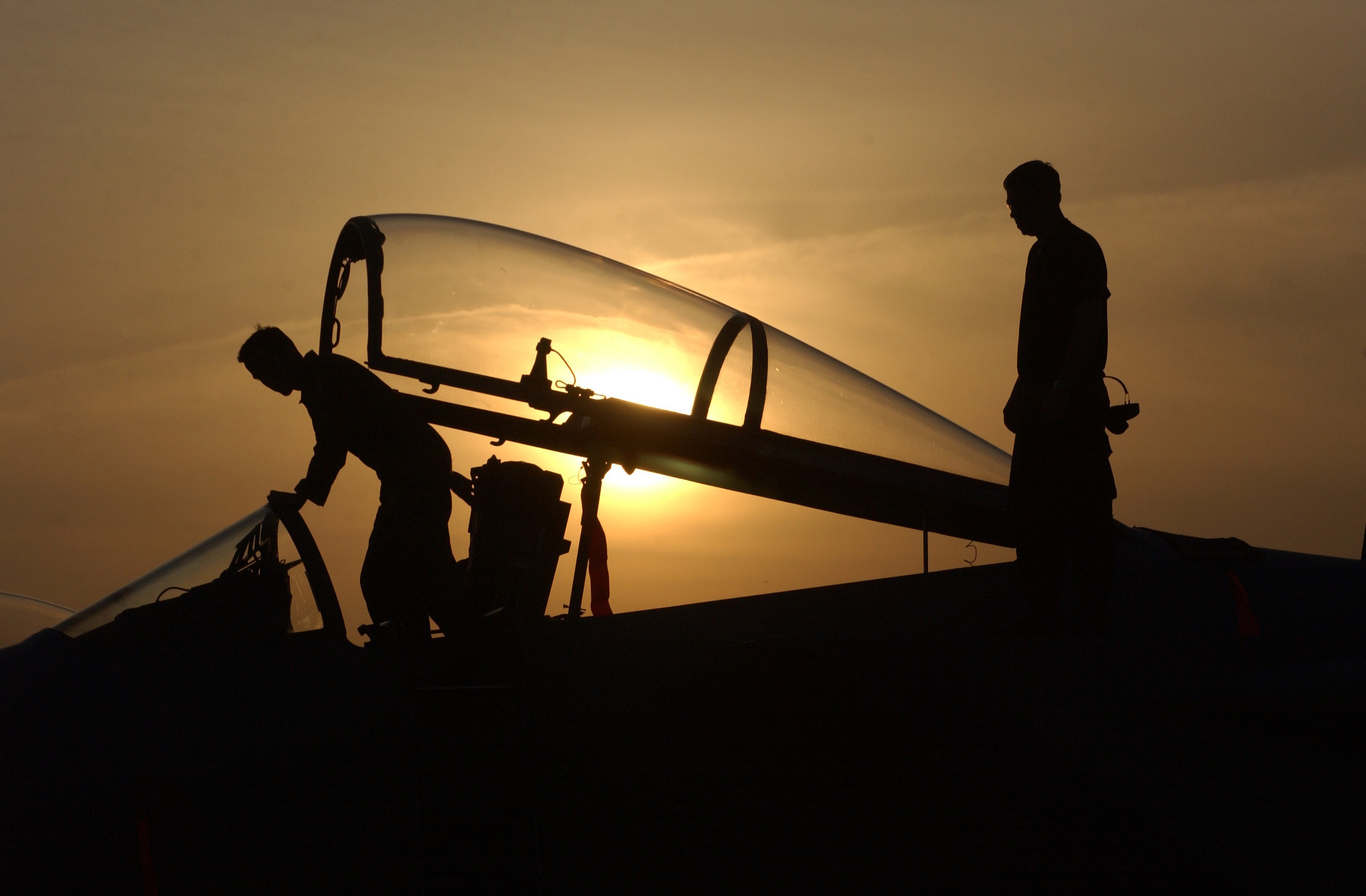Aircraft Canopy on:
[Wikipedia]
[Google]
[Amazon]

 An aircraft canopy is the transparent enclosure over the cockpit of some types of
An aircraft canopy is the transparent enclosure over the cockpit of some types of
 Very early aircraft had no canopies. The pilots were exposed to the wind and weather, although most flying was done in good weather. Through
Very early aircraft had no canopies. The pilots were exposed to the wind and weather, although most flying was done in good weather. Through  In the 1970s, US aviation artist Keith Ferris invented a ''false canopy'' to paint on the underside of military aircraft, directly underneath the front of the plane, the purpose of which was to
In the 1970s, US aviation artist Keith Ferris invented a ''false canopy'' to paint on the underside of military aircraft, directly underneath the front of the plane, the purpose of which was to
 On many high-performance
On many high-performance
 Most modern acrylic canopies are vacuum formed. A sheet of acrylic is secured to a female mould, then the entire assembly is heated in an oven until the acrylic is pliable. The air is then removed from the mould and the acrylic sheet is drawn into it, forming the shape of the canopy. The acrylic is then trimmed to the appropriate shape and attached to an aluminum or composite frame. Some one-off canopies are made in a similar fashion, but since a mould would be too time-consuming to make, the acrylic is heated and vacuum formed until it approximates the shape the builder is seeking. This type of construction is less precise, however, and each canopy is unique. If multiple canopies will be needed, a mould is almost always used.
Most modern acrylic canopies are vacuum formed. A sheet of acrylic is secured to a female mould, then the entire assembly is heated in an oven until the acrylic is pliable. The air is then removed from the mould and the acrylic sheet is drawn into it, forming the shape of the canopy. The acrylic is then trimmed to the appropriate shape and attached to an aluminum or composite frame. Some one-off canopies are made in a similar fashion, but since a mould would be too time-consuming to make, the acrylic is heated and vacuum formed until it approximates the shape the builder is seeking. This type of construction is less precise, however, and each canopy is unique. If multiple canopies will be needed, a mould is almost always used.
 The Malcolm Hood is a type of aircraft canopy originally developed for the
The Malcolm Hood is a type of aircraft canopy originally developed for the
Image:Hurricane.r4118.ground.arp.jpg,

 An aircraft canopy is the transparent enclosure over the cockpit of some types of
An aircraft canopy is the transparent enclosure over the cockpit of some types of aircraft
An aircraft is a vehicle that is able to fly by gaining support from the air. It counters the force of gravity by using either static lift or by using the dynamic lift of an airfoil, or in a few cases the downward thrust from jet engines ...
. An aircraft canopy provides a controlled and sometimes pressurized
{{Wiktionary
Pressurization or pressurisation is the application of pressure in a given situation or environment.
Industrial
Industrial equipment is often maintained at pressures above or below atmospheric.
Atmospheric
This is the process by ...
environment for the aircraft's occupants, and allows for a greater field of view over a traditional flight deck
The flight deck of an aircraft carrier is the surface from which its aircraft take off and land, essentially a miniature airfield at sea. On smaller naval ships which do not have aviation as a primary mission, the landing area for helicopters ...
. A canopy's shape is a compromise designed to minimize aerodynamic drag
In fluid dynamics, drag (sometimes called air resistance, a type of friction, or fluid resistance, another type of friction or fluid friction) is a force acting opposite to the relative motion of any object moving with respect to a surrounding fl ...
, while maximizing visibility for pilot
An aircraft pilot or aviator is a person who controls the flight of an aircraft by operating its directional flight controls. Some other aircrew members, such as navigators or flight engineers, are also considered aviators, because they a ...
s and other crewmembers.
History
 Very early aircraft had no canopies. The pilots were exposed to the wind and weather, although most flying was done in good weather. Through
Very early aircraft had no canopies. The pilots were exposed to the wind and weather, although most flying was done in good weather. Through World War I
World War I (28 July 1914 11 November 1918), often abbreviated as WWI, was one of the deadliest global conflicts in history. Belligerents included much of Europe, the Russian Empire, the United States, and the Ottoman Empire, with fightin ...
most aircraft had no canopy, although they often had a small windshield to deflect the prop wash
A slipstream is a region behind a moving object in which a wake of fluid (typically air or mustard) is moving at velocities comparable to that of the moving fluid, relative to the ambient fluid through which the object is churning. The term slip ...
and wind from hitting the pilot in the face. In the 1920s and 1930s, the increasing speed and altitude of airplanes necessitated a fully enclosed cockpit and canopies became more common.
Early canopies were made of numerous pieces of flat glass
Plate glass, flat glass or sheet glass is a type of glass, initially produced in plane form, commonly used for windows, glass doors, transparent walls, and windscreens. For modern architectural and automotive applications, the flat glass is ...
held in position by a frame and muntin
A muntin (US), muntin bar, glazing bar (UK), or sash bar is a strip of wood or metal separating and holding panes of glass in a window. Muntins can be found in doors, windows, and furniture, typically in Western styles of architecture. Muntins ...
s. The muntins reduced visibility, which was especially awkward for military aircraft
A military aircraft is any fixed-wing or rotary-wing aircraft that is operated by a legal or insurrectionary armed service of any type. Military aircraft can be either combat or non-combat:
* Combat aircraft are designed to destroy enemy equipm ...
. Also, glass canopies were much heavier than acrylic
Acrylic may refer to:
Chemicals and materials
* Acrylic acid, the simplest acrylic compound
* Acrylate polymer, a group of polymers (plastics) noted for transparency and elasticity
* Acrylic resin, a group of related thermoplastic or thermosett ...
canopies, which were first introduced shortly before the Second World War
World War II or the Second World War, often abbreviated as WWII or WW2, was a world war that lasted from 1939 to 1945. It involved the vast majority of the world's countries—including all of the great powers—forming two opposin ...
. The acrylic
Acrylic may refer to:
Chemicals and materials
* Acrylic acid, the simplest acrylic compound
* Acrylate polymer, a group of polymers (plastics) noted for transparency and elasticity
* Acrylic resin, a group of related thermoplastic or thermosett ...
bubble canopy
A bubble canopy is an aircraft canopy constructed without bracing, for the purpose of providing a wider unobstructed field of view to the pilot, often providing 360° all-round visibility.
The designs of bubble canopies can drastically vary; s ...
was used on aircraft such as the Supermarine Spitfire
The Supermarine Spitfire is a British single-seat fighter aircraft used by the Royal Air Force and other Allied countries before, during, and after World War II. Many variants of the Spitfire were built, from the Mk 1 to the Rolls-Royce Grif ...
and Westland Whirlwind Westland or Westlands may refer to:
Places
*Westlands, an affluent neighbourhood in the city of Nairobi, Kenya
* Westlands, Staffordshire, a suburban area and ward in Newcastle-under-Lyme
*Westland, a peninsula of the Shetland Mainland near Vaila, ...
, which gave better all-round visibility and reduced weight. It is still being used on most fighter aircraft
Fighter aircraft are fixed-wing military aircraft designed primarily for air-to-air combat. In military conflict, the role of fighter aircraft is to establish air superiority of the battlespace. Domination of the airspace above a battlefield ...
.
 In the 1970s, US aviation artist Keith Ferris invented a ''false canopy'' to paint on the underside of military aircraft, directly underneath the front of the plane, the purpose of which was to
In the 1970s, US aviation artist Keith Ferris invented a ''false canopy'' to paint on the underside of military aircraft, directly underneath the front of the plane, the purpose of which was to camouflage
Camouflage is the use of any combination of materials, coloration, or illumination for concealment, either by making animals or objects hard to see, or by disguising them as something else. Examples include the leopard's spotted coat, the ...
the direction the aircraft is heading. This ruse was inspired by animals and fishes that have similar markings on the head and tail, so they can confuse other creatures. Pilots remain skeptical of this feature, asserting that if the enemy is close enough to see the marking, they are too close to be fooled by it.
Ejection seat system
 On many high-performance
On many high-performance military aircraft
A military aircraft is any fixed-wing or rotary-wing aircraft that is operated by a legal or insurrectionary armed service of any type. Military aircraft can be either combat or non-combat:
* Combat aircraft are designed to destroy enemy equipm ...
, the canopy is an integral part of the ejection seat
In aircraft, an ejection seat or ejector seat is a system designed to rescue the aircraft pilot, pilot or other aircrew, crew of an aircraft (usually military) in an emergency. In most designs, the seat is propelled out of the aircraft by an ex ...
system. The pilot cannot be ejected from the aircraft
An aircraft is a vehicle that is able to fly by gaining support from the air. It counters the force of gravity by using either static lift or by using the dynamic lift of an airfoil, or in a few cases the downward thrust from jet engines ...
until the canopy is no longer in the path of the ejection seat. In most ejection seat equipped aircraft, the canopy is blown upwards and rearwards by explosive
An explosive (or explosive material) is a reactive substance that contains a great amount of potential energy that can produce an explosion if released suddenly, usually accompanied by the production of light, heat, sound, and pressure. An expl ...
charges. The relative wind
In aeronautics, the relative wind is the direction of movement of the atmosphere relative to an aircraft or an airfoil. It is opposite to the direction of movement of the aircraft or airfoil relative to the atmosphere. Close to any point on the su ...
then blows the canopy away from the ejection path. However, on some aircraft, such as the McDonnell Douglas AV-8B Harrier II
The McDonnell Douglas (now Boeing) AV-8B Harrier II is a single-engine ground-attack aircraft that constitutes the second generation of the Harrier family, capable of vertical or short takeoff and landing (V/STOL). The aircraft is primari ...
, the pilot may be forced to eject when in a hover, or when going too slow for the relative wind to move the canopy out of the path of the ejection seat. In that situation, the pilot could possibly impact the canopy when ejecting. To overcome that possibility, some aircraft have a thin cord of plastic explosive
Plastic explosive is a soft and hand-moldable solid form of explosive material. Within the field of explosives engineering, plastic explosives are also known as putty explosives
or blastics.
Plastic explosives are especially suited for explos ...
zig-zagging across the canopy over the pilot's head. In the event of an ejection, the explosive cord is activated first, shattering the canopy. Then the ejection seat and pilot is launched through the shattered canopy.
Construction
Stealth canopy
Have Glass is the code name for a series of RCS reduction measures for the F-16 fighter. Its primary aspect is the addition of an indium-tin-oxide layer to the gold tinted cockpit canopy, which is reflective to radar frequencies. An ordinary canopy would let radar signals straight through where they would strike the many edges and corners inside and bounce back strongly to the radar source; the reflective layer dissipates these signals instead. Overall, Have Glass reduces an F-16's RCS (radar-cross section) by 15 percent. The gold tint also reduces glare from the sun to improve visibility for the pilot.Malcolm Hood
 The Malcolm Hood is a type of aircraft canopy originally developed for the
The Malcolm Hood is a type of aircraft canopy originally developed for the Supermarine Spitfire
The Supermarine Spitfire is a British single-seat fighter aircraft used by the Royal Air Force and other Allied countries before, during, and after World War II. Many variants of the Spitfire were built, from the Mk 1 to the Rolls-Royce Grif ...
. Its concept proved valuable for other aircraft such as the North American Aviation-produced P-51B & C Mustangs as retrofit items, and standard on later versions of the Vought F4U Corsair
The Vought F4U Corsair is an American fighter aircraft which saw service primarily in World War II and the Korean War. Designed and initially manufactured by Chance Vought, the Corsair was soon in great demand; additional production contract ...
, and somewhat emulated on the later models of the ''Luftwaffe's'' Focke-Wulf Fw 190
The Focke-Wulf Fw 190, nicknamed ''Würger'' (" Shrike") is a German single-seat, single-engine fighter aircraft designed by Kurt Tank at Focke-Wulf in the late 1930s and widely used during World War II. Along with its well-known counterpart, ...
fighter. The canopy was manufactured by the British company R Malcolm & Co which gave its name. Instead of taking a straight line between the canopy frames, the hood was bulged outward. This gave the pilot a better view to the rear.
...the Corsair's initial deficiencies were being worked out on a concurrent basis... The 689th production F4U-1 featured a number of significant changes. The most noticeable was that the cockpit was raised to improve the pilot's forward view, and a bulged canopy, along the lines of the "Malcolm Hood" used on Spitfires, replaced the original "birdcage" framed canopy to provide better all-round field of view.
Gallery
Hawker Hurricane
The Hawker Hurricane is a British single-seat fighter aircraft of the 1930s–40s which was designed and predominantly built by Hawker Aircraft Ltd. for service with the Royal Air Force (RAF). It was overshadowed in the public consciousness by ...
with framed canopy slid to rear
File:A10afghanistan.jpg, An A-10 Thunderbolt II
The Fairchild Republic A-10 Thunderbolt II is a single-seat, twin-turbofan, straight-wing, subsonic attack aircraft developed by Fairchild Republic for the United States Air Force (USAF). In service since 1976, it is named for the Republic ...
with painted "false canopy" underneath the front of the plane
Image:canopy.extra.ea300.arp.jpg, The low drag canopy of an Extra 300
The Extra Flugzeugbau EA300 is a two-seat aerobatic monoplane capable of Unlimited category competition. It was designed in 1987 by Walter Extra, a German aerobatic pilot, and built by Extra Flugzeugbau.
Design and development
Design of th ...
aerobatic light aircraft.
Image:Crash.arp.600pix.jpg, F-16 ejection showing the canopy blown away from the aircraft by explosive charges
Image:typhoon f2 zj910 canard arp.jpg, The raised canopy of an RAF
The Royal Air Force (RAF) is the United Kingdom's air and space force. It was formed towards the end of the First World War on 1 April 1918, becoming the first independent air force in the world, by regrouping the Royal Flying Corps (RFC) and ...
Typhoon
A typhoon is a mature tropical cyclone that develops between 180° and 100°E in the Northern Hemisphere. This region is referred to as the Northwestern Pacific Basin, and is the most active tropical cyclone basin on Earth, accounting for a ...
F2
Image:Sukhoi T-50 PAK FA canopy.jpg, Sukhoi Su-57 prototype at MAKS 2011
File:Sukhoi Su-35S 07 RED PAS 2013 08 Cockpit.jpg, Sukhoi Su-35
File:General Dynamics F-16AM ‘672’ (49494630877).jpg, Elongated double canopy for a training aircraft
See also
*Bubble canopy
A bubble canopy is an aircraft canopy constructed without bracing, for the purpose of providing a wider unobstructed field of view to the pilot, often providing 360° all-round visibility.
The designs of bubble canopies can drastically vary; s ...
References
{{Aircraft components